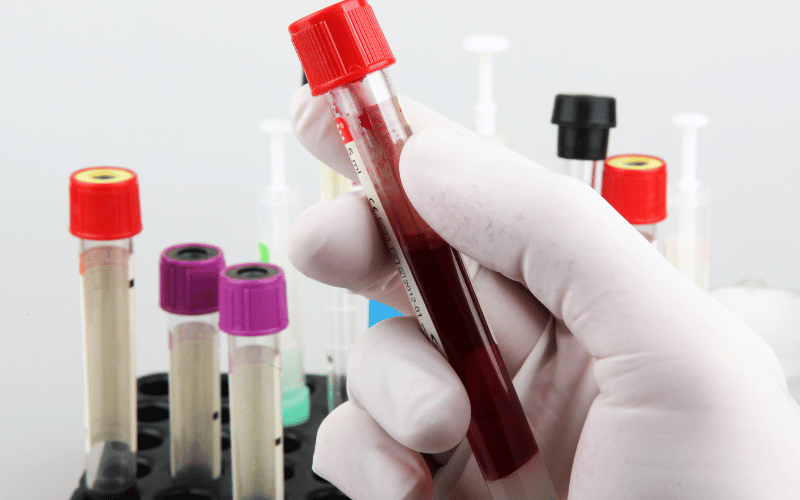14. Hematologic Disorders: Blood Conditions and Eosinophilia

Hematologic disorders, which affect the blood and its components, can often lead to eosinophilia. This section delves into the various blood disorders that can cause an increase in eosinophils, how these conditions interact with the immune system, and the implications for treatment.
Certain blood disorders, such as various forms of leukemia and lymphoma, can cause an abnormal increase in eosinophils. This can be due to the disease itself or the body’s response to it. In some cases, eosinophilia can also be a reaction to treatments for these blood disorders.
Chronic myeloid leukemia (CML) and certain types of non-Hodgkin lymphoma are among the hematologic conditions often associated with eosinophilia. These conditions can lead to symptoms like fatigue, weight loss, and night sweats, along with the specific symptoms related to eosinophilia.
Diagnosis typically involves blood tests, bone marrow biopsy, and other specific tests to identify the underlying hematologic condition. Treatment is focused on the primary blood disorder, with additional therapies to manage eosinophilia and its symptoms.
Treatment strategies must be tailored to the specific hematologic disorder and the individual’s overall health. This may include chemotherapy, targeted therapy, or immunotherapy for the blood disorder, along with corticosteroids or other treatments for eosinophilia. (14)